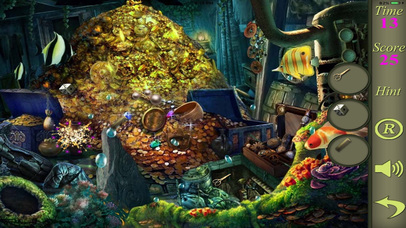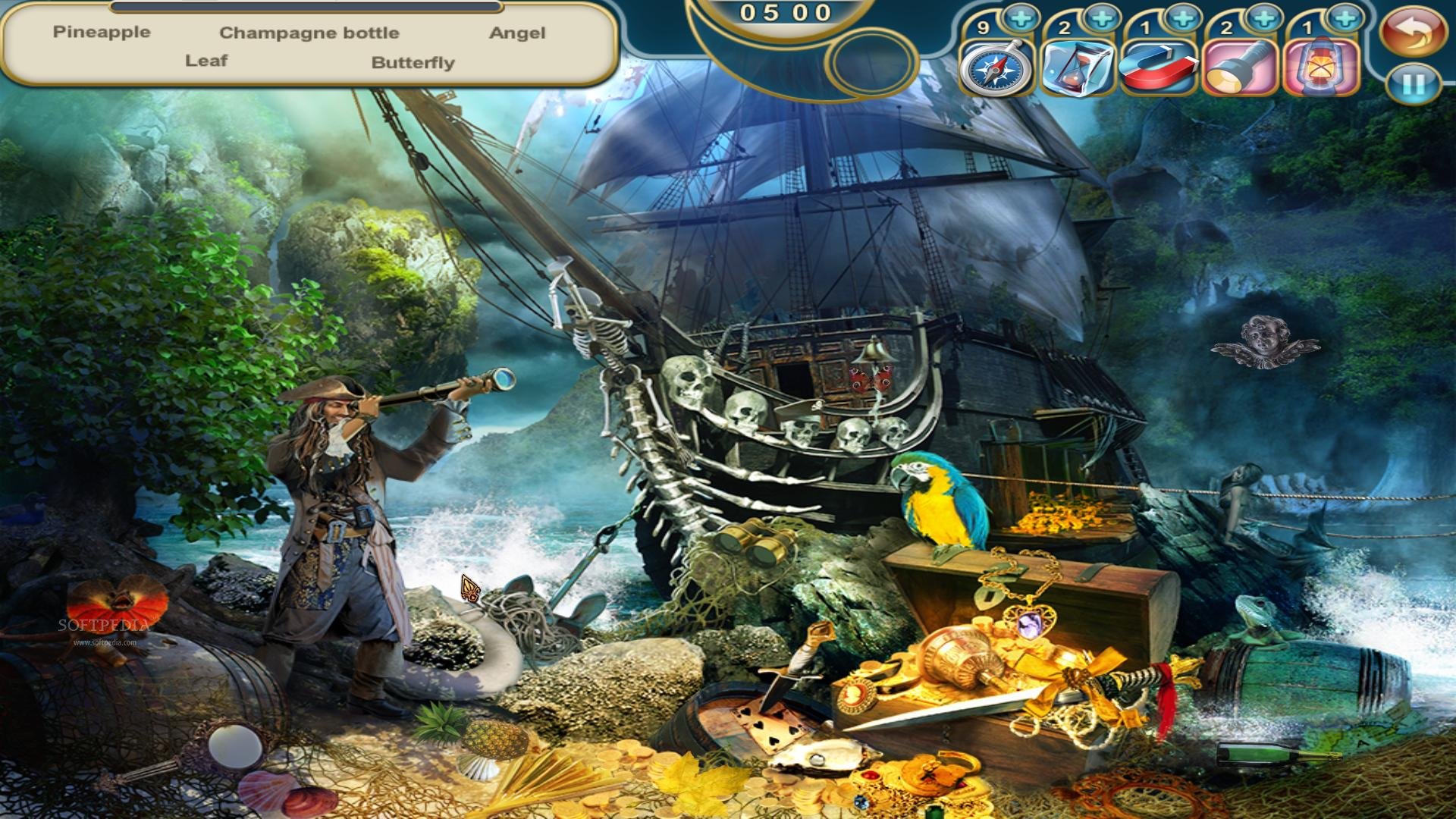

I gave the figures colors and textures that look to me like oceans, earth, and cosmos. I’m thinking about undocumented, unacknowledged, or sometimes inaccessible historical information centers of Black life, such as the oceans, forests, and deep underground spaces. They reference childhood and vulnerability, and the process of creating them is reflective of personal and historical traumas, wherein every gesture, each stitch or scratch, is part of a labor of love and a material mark toward healing (spirit conservation).

I also call them that because they are the physical outcome of a self-healing process. This is one way that I consider these portraits as sort of spirit conservation vessels. I’m thinking about the process of art-making by Black people as a central and focused route toward Black ancestral communication and acknowledgment. There’s quite a bit to unpack with this question. a recent piece on your Instagram, “Earnie.” How do you understand your relationship to portraiture? But, still, some of your figures have names, e.g. I’m thinking of how something like“ Black portraitures ” reifies a certain way of disciplining subjects-whether human, animal, or mermaid (à la your Jeffrey Stark show, making it work to be together while we can ). Instead, I see your sculpture as operating in defiance of portraiture, as exploiting portraits. Because of the way both of you fuck with form-the face, the body, what it means to represent a life-portraiture is really the last thing that comes to my mind. Chapter’s exhibition description used “portraiture” to bring your works together. Your work recently showed at Chapter NY with Cheyenne Julien. Hand sewn fabrics, furs and leathers, hand carved plaster, acrylic paint, copper pipes, polyester stuffing, wire, concrete, seashells, stones, wooden chair. So it depends on who is listening, and how I feel that day. My work is complex and emotional talking about it is a complex and emotional labor, which sometimes I enjoy. But a lot of the time, when making Black art that centers something, some idea other than whiteness, explanations are expected, and this type of work is sometimes not as acceptable. A lot of Black art centers whiteness in a way that forces Blacks to relive trauma, and whites take interest because the work is inherently about them. Not all Black artwork is necessarily made for Black people. With my work I want to grow, I want to make things that are for Black people. I make a lot of work about Blackness, and more specifically, the geographies of the Black imagination, Black wonder. Artists, especially artists of color, should not feel that we are required to constantly explain the stories we’re telling, especially if the art we’re making is in fact for people of color. Tau Lewis: I think this depends on the context, because I like to choose when, and also to whom, I’m giving access. Tiana Reid: Do you like talking about your own work? Courtesy of the artist and Jeffrey Stark, New York. Installation view, “making it work to be together while we can,” Jeffrey Stark, New York, 2018. Plaster bandage, cloth, plaster, acrylic paint, stones, foam sealant, secret objects. Center: Tau Lewis, “What in the water? (time capsule #3),” 2018. Hand sewn fabrics, furs and leathers, hand carved plaster, acrylic paint, wire, stones, jute, hardware, sea shells, sea stones. We exchanged emails a couple of weeks earlier. She’s also part of an upcoming group exhibition at Mercer Union in Toronto organized by RAGGA NYC, a collective of queer Caribbean artists. This spring, Toronto-based Lewis opened a solo show at Jeffrey Stark in New York and a two-person show alongside Cheyenne Julien at Chapter NY. Her assemblages appeared last year at the New Museum and this year at Frieze New York, where the presentation of her work by Cooper Cole Gallery won the Frame Stand Prize. Lewis transforms these repurposed and found materials into figures that walk the line between human and non-human.
CALL OF THE SEA SECRET OBJECTS HOW TO
Late pianist and composer Muhal Richard Abrams once said that “improvisation is a human response to necessity.” Anything indexes an experimental necessity, a will to keep going, and Lewis, a Black artist who taught herself how to make work and how to live, uses her environment to build an imaginary that indexes something else, anything else. Anything is what we have, and the “secret objects” that Lewis cites as part of her medium, well, those are what we want to have. Her materials read like a Dada cut-out: a list of anything. Installation view of Tau Lewis, “making it work to be together while we can,” Jeffrey Stark, New York, 2018.


 0 kommentar(er)
0 kommentar(er)
